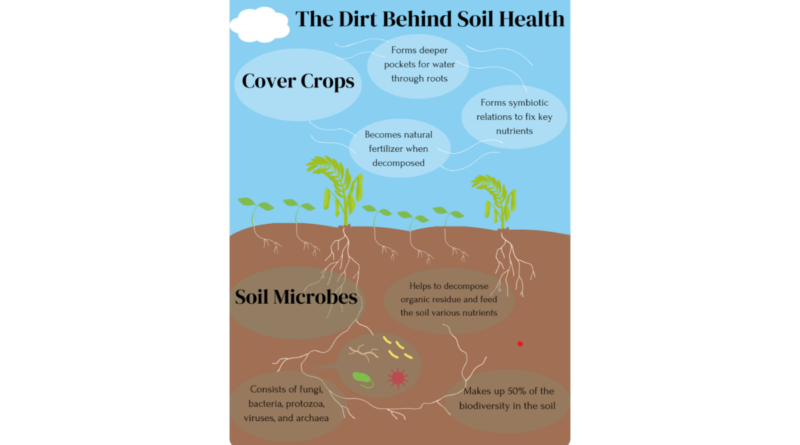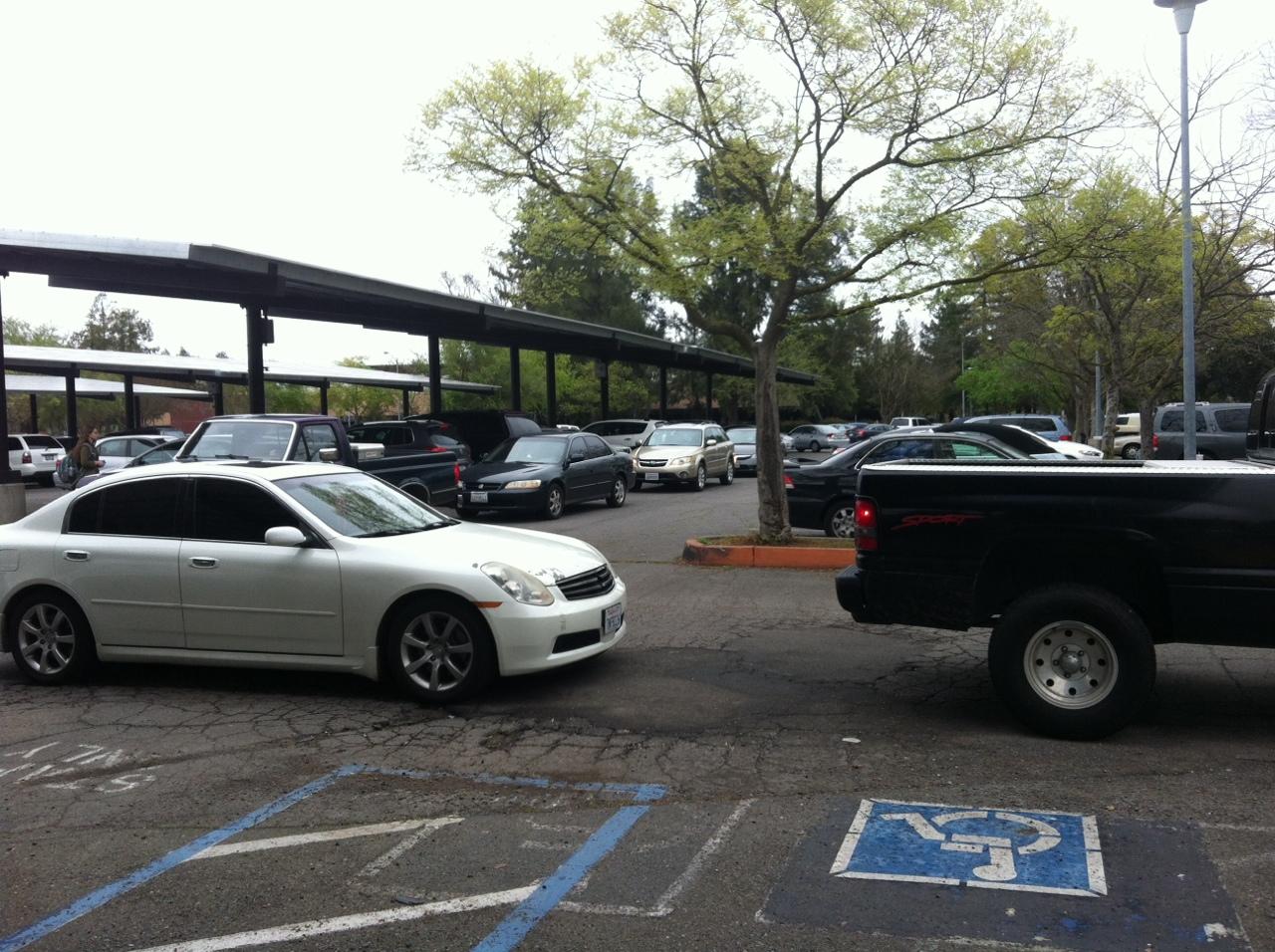Regenerative farming takes sustainability a step further
PHOTO: Infographic on sustainability
By Maya Malinowski
BlueDevilHUB.com Staff–
The most species-rich habitat on Earth is its soil, yet conventional farming methods kill much of soil’s biodiversity. Through regenerative agriculture, farmers are learning to nurture the natural benefits of soil, and cast aside industrial methods.
The term “regenerative farming” was coined in the 1980s by the Rodale Institute, yet indigenous tribes have been using regenerative practices for a millenia.
Farms such as Sierra Orchards in Winters recognize the benefit of regenerative farming. The goal of regenerative farming is to “[be] in harmony with the land, rather than just domination,” the daughter of Sierra Orchards’ founders, Emily McNamara said.
As first-generation farmers, Craig and Julie McNamara founded their family farm in 1980. Originally, their farm used conventional methods (such as pesticides and heavy tilling), but switched to organic farming in 1992.
“It’s a challenge to (become organic), but we found the right tools and methods,” Craig McNamara said.
Since then they have slowly implemented regenerative practices, and are now a Regenerative Organic Certified farm. Among these are the usage of cover crops. These crops, including perennial grasses, form symbiotic relationships with microbes known as mycorrhizae.
“In this case, instead of damaging the plant, (the microbes) give nutrients to the plant,” said Cristina Lazcano, the Principal Investigator of the Soil Biodiversity and Health Lab at UC Davis.
Specifically, the microbes take excess nitrogen and phosphorus from the soil, which the plants use to grow; and in turn, the plant provides carbon for the microbes, which it acquires through photosynthesis.
Once the cover crop (in this case, grass) decomposes, its biomass (body) releases the nitrogen and phosphorus back into the soil, providing a natural fertilizer for the cash crop, as well as preventing excess nutrients from harming the environment.
Plants and soils have individual needs, “(the) same as not every person has the same health,” Lazcano said.
Because of that, it can be hard to determine the amount of nutrients a crop needs, therefore, farmers who use mineral or synthetic fertilizers often apply in excess. This can prove to be dangerous to the environment, particularly nitrogen, which can cause toxic algae to grow if the nitrogen ends up in larger bodies of water.
In addition to cover crops, Sierra Orchards implements low tilling (minimal soil disturbance), closed-loop compost (waste from walnuts, for example, goes to the compost, then back to the soil for the walnuts), rotational grazing (sheep take care of weeds) and water efficiency.
“We incorporate a lot of technology into our practices so that we can use more efficient techniques when it comes to our natural resources,” Emily McNamara said.
This includes sensors to measure water content in soil, and an electronic eye that sorts bad walnuts from good ones.



